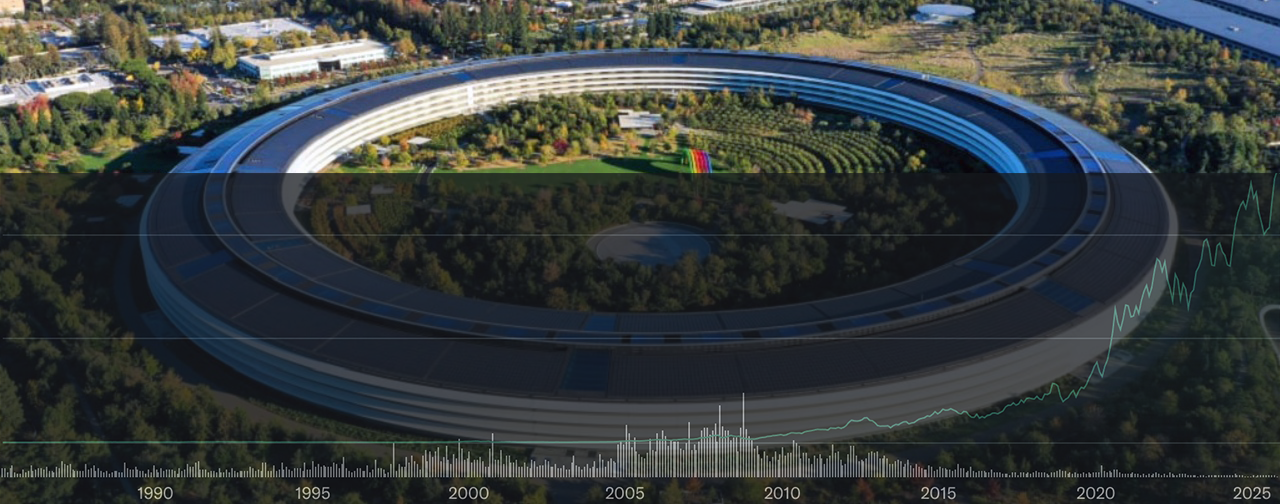That’s the headlines that one sees about the Yelp IPO. The IPO was priced at $15 (above expectations). In public trading, the small amount of outstanding shares floated (representing only around 12% of the companies outstanding shares) resulted in high demand for shares. YELP closed at $24.58 on Friday.
Is this a fair market valuation? My honest answer would be “overvalued even at $15”. But given the penchant of Wall Street insiders being the ones to make out like bandits, in that regards, my answer would be, “beats the hell out of me…” That question would be better served to the underwriters pricing these IPO’s (where market pricing uncertainties tend to be the name of the game).
Now here’s the dirty little secret (not really, but just how the technicalities aren’t very well explained). The IPO itself was priced at $15. In public trading though, the demand for shares on the public market caused what you would call a buy side imbalance (simply put, supply versus demand). Because of that demand, the market makers OPENED trading at $24.79 per share. YELP reached an intraday high of $25.16 at 9:57AM and an intraday low of $23.46 at 10:19AM. The average investor who purchased YELP on the retail market Friday, is seeing no where near a 64% ROI. As a matter of fact, it is my belief that most buyers who purchased on Friday during the trading session will end up being underwater by the end of this week if they weren’t actively trading it (which given the small float and demand, I can believe orders being very slow to execute at most online brokerages unless you were one of those high volume traders with a high speed trading platform).
In light of past fleecings (where the general public was left holding the bag), the media continues to perpetuate the same BS by omitting this important detail about IPO’s. As expected, it does set the stage for Facebook’s public offering where again, the real winners will be insiders who get in on the action before the general public is able to.



